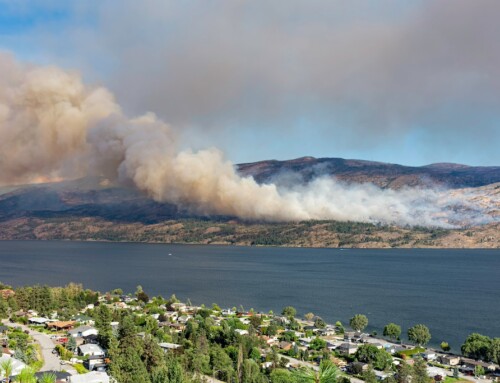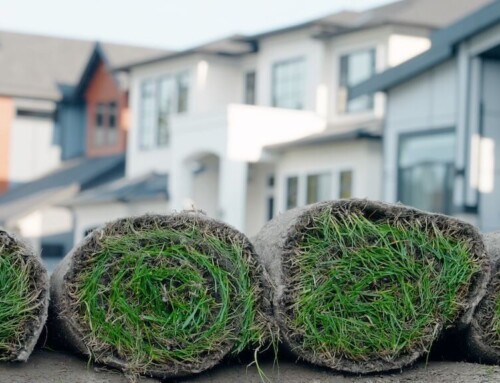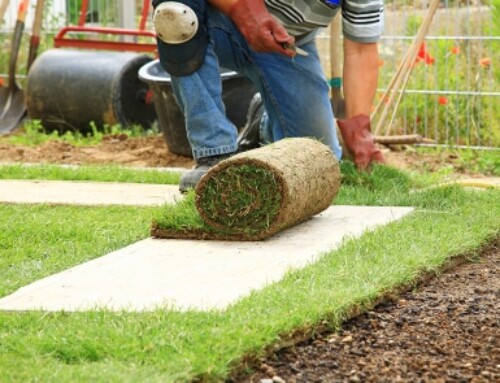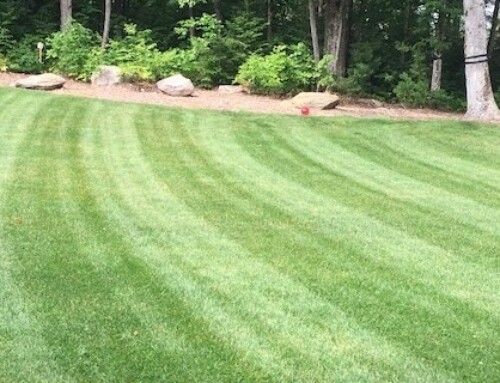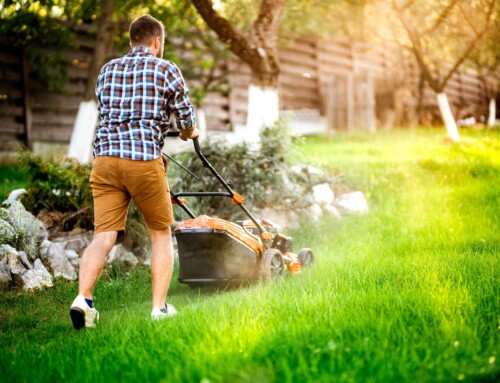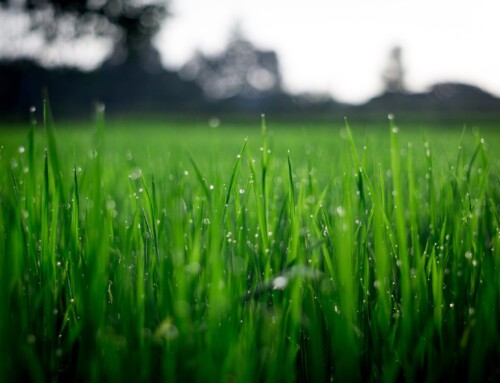Did winter kill your lawn?
As temperatures rise and residential landscapes begin to green up, homeowners may notice that large sections of their lawns are looking dead. In the turf care industry, we often refer to this phenomenon as “Winter Kill.” Under some conditions, even the cool season grasses predominately used in Western Canadian lawns can still be susceptible to winter kill.
What is Winter Kill?
Rather than describing a unique issue, the term Winter Kill is actually an all-encompassing phrase used in the turf industry. It describes the dieback of turf grasses over winter for any number of reasons. Homeowners in our area most commonly see Winter Kill when:
- Turfgrass is trapped under ice sheets for prolonged periods of time, smothering the lawn
- A general lack of moisture causes shallow root systems to completely dehydrate
- Snow mold attacks the lawn
- Rapid freeze/thaw cycles (typically occurs in late fall or early spring) cause the turfgrass to break dormancy and begin taking up water only for it to form ice crystals and burst cells during a freeze
To learn more about which areas of the lawn are more prone to Winter Kill, please explore the resources listed at the end of this blog.
How can I tell if my lawn is really dead?
For homeowners who believe their lawns may have experienced Winter Kill, it is beneficial to find out in early spring before the landscape leafs out. Homeowners who do will be able to take advantage of spring rains when repairing the lawn; saving themselves time, labor, and water during the repair process.
To determine if an area of the lawn has experienced Winter Kill, cut out a small section of turf in each area thought to be affected. It is also a good idea to collect a portion of healthy turf to use as a control. Once collected, bring all of the different sections inside and place them in a warm and sunny windowsill. For the next few days, keep an eye on the turf samples and water any sections that appear to be getting too dry. If the turf is still alive, the grass should green up before too long.
The reason we encourage homeowners to include a healthy sample as a control for their turf test is to provide easy feedback on the results. If the healthy sod greens up but the other samples do not, the test was a success and the lawn has been affected by Winter Kill. If all turf samples green up, then the entire lawn is healthy. If no samples green up, then the indoor conditions were likely too dry, leading the samples to die. Or, the ‘healthy’ sample may not have been healthy after all.
If all else fails, give us a call to ask questions or get advice from our knowledgeable staff at 1-888-888-7072.
Why should I repair Winter Kill damage?
Lawns that have experienced Winter Kill are often patchy or thin as a result. Turfgrass lawns damaged in this way can be considered undesirable for a number of reasons, including:
Aesthetics & Property Value
One of the most common concerns our staff hears from homeowners is that their damaged lawn may have a negative impact on the value or aesthetic of their property. A classic example of this is often seen in the real estate business. Many potential home buyers are hesitant to invest when viewing properties where the lawn or landscape looks poorly maintained. After all, if the outside looks bad, what costly issues are lurking inside? If the homeowner doesn’t take corrective measures, they may find themselves forced to lower the selling price to improve the property’s appeal. To promote (and protect) home prices, Homeowners Associations are also known to require their residents to maintain a certain landscape aesthetic.
Preventing Weeds & Other Maintenance Issues
While property value and visual appeal are important, here at Western Turf Farms our main focus is the health of the lawn. As a result, our turf professionals highly recommend that homeowners repair Winter Kill turf damage in early spring to prevent larger health and maintenance issues developing later on. One of the biggest nuisances in un-repaired lawns is the invasion of weeds. Since many of the common turfgrass varieties used in residential lawns typically take a significant amount of time to self-repair, opportunistic weeds take advantage of the open space to invade. As any veteran homeowner can attest, eradicating established weeds can be a labor and cost intensive effort over the course of a year.
Preventing Chafer Beetles
Recent research has also shown that Chafer Beetles find thin lawns to be attractive as sites to lay their eggs. After witnessing many homeowners and businesses who had to completely replace their lawns after Chafer Beetle infestations, we strongly recommend homeowners invest in early spring turf repair after experiencing Winter Kill.
Did you know that Tall Fescue lawns have been shown to deter Chafer Beetles? Visit our Preventing Chafer Beetles with Tall Fescue blog to learn more!
How do I repair a lawn damaged by Winter Kill?
The two main methods of repairing turf affected by Winter Kill are to overseed or lay new sod in the damaged areas. However, which method homeowners choose will depend on the extent of the damage in their unique lawn situation.
Overseeding Thin Lawns
For homeowners facing a thinner lawn this spring, our staff recommends overseeding in early spring to take advantage of spring rains. Although Kentucky Bluegrass and other cool season grass varieties will eventually fill thin areas on their own, the process can be slow. By overseeding, homeowners can significantly speed up the process and rejuvenate their lawns at the same time.
For some, this may also be an opportunity to create more diversity in the lawn by overseeding with a different variety of grass. For example, Kentucky Bluegrass lawns are beautiful but slow to recover from damage. By adding a Tall Fescue or Perennial Ryegrass, homeowners may improve the lawn’s overall resiliency while achieving a denser lawn. Here at Western Turf Grass, we offer a variety of turfgrass seed and custom blends, designed for optimal growth and performance in Western Canada.
Pro tip: Planning to DIY overseed this spring? Skip the pre-emergent herbicide. Pre-emergents work by creating a chemical barrier on the soil surface that prevents germinating plants from ever seeing the light of day – including grass seed!
Repairing with Sod
When faced with solid patches or large swathes of dead lawn, we recommend that homeowners invest in replacement sod. Unlike with the more time and labor intensive overseeding approach, healthy sod can be delivered and installed all in one day. Our clients often see prices as low as $2.00 a square foot for professional sod installation, with the added benefit of achieving a ready-to-use lawn that looks great from day one.
Whether you’re interested in seed or sod, visit our products page to learn more about the benefits of available turfgrass blends, or contact our staff to ask questions and discuss your custom needs!
1-888-888-7072 | [email protected]
Learn More:
Cool-Season Turf Winterkill: Potential Losses and a Pathway to Recovery, Purdue University Extension
Major Diseases of Turf Grasses in Western Canada, Alberta Agriculture and Forestry
Turfgrass & Environmental Research August/September 1999, Western Canada Turfgrass Association
Turfgrass & Environmental Research October/November 1999, Western Canada Turfgrass Association
Winterkill of Turfgrass, Michigan State University Extension


